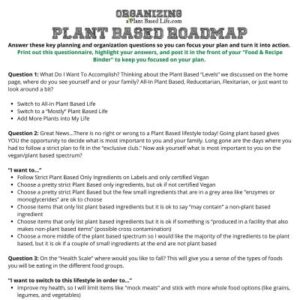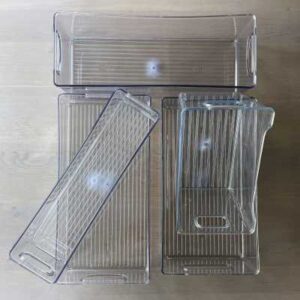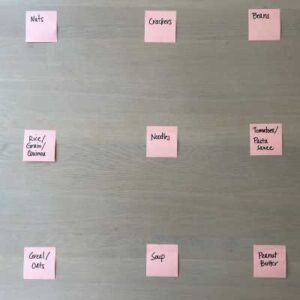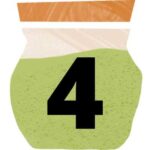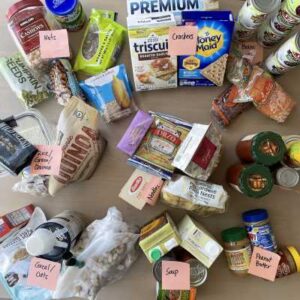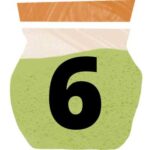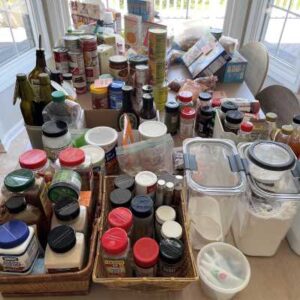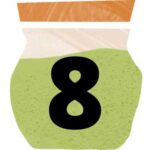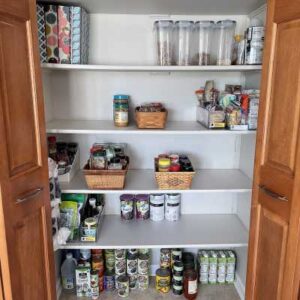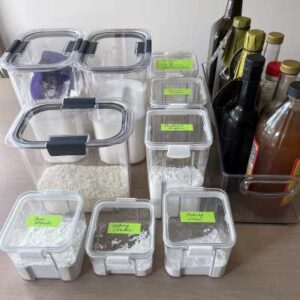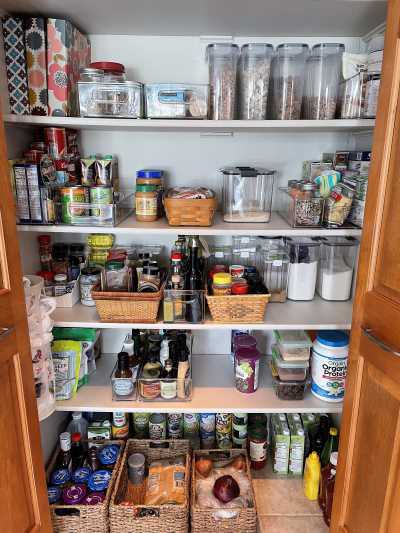You have done a great job so far and you can be proud! Right about now it can get a little overwhelming, with everything in piles all over the place. Don’t worry, just dig in to make a few more decisions and you will be done before you know it! Take another assessment of what you have laid out on the table and other surfaces and make a mental note of how you may put things back.
 TIPS ON PLACEMENT OF ITEMS:
TIPS ON PLACEMENT OF ITEMS:
•Heavier items (like canned beans and jars of pasta sauce): these are best on the bottom shelf or floor level because of their weight.
•Items used most often: these are best to go in the middle.
•Snacks: do you want them “out of sight – out of mind” if so place them high and behind other items. However, if you have some healthy snacks that you want to be easy to reach, then put that at the mid-level, and if you have special kid snacks for the little ones, place those closer to their level.
This is also a great time to look at your “Backstock Items” – those surplus items that you rotate in after your current items run out. As a plant based eater, there are a lot of items that you can keep in bulk like canned beans, noodles and grains, seeds and nuts, and many more. This makes shopping a lot easier, so you can buy in bulk and minimize your trips to the store. In general, do what you feel is most intuitive for you!
•It’s always easiest if you can keep all of your panty items together, so If you are able to keep your backstock in the pantry, make a designated section for those items OR intersperse them with that category of food (some people like to keep the Baking backstock items like sugar near the baking section of the pantry, while others prefer to put all backstock items together regardless of category).
•If it has to be in another location (like a basement shelf, closet, or garage) that’s not a problem, just make sure that you bundle it together, so you know where to find it when you need it, and REMEMBER that it is there.


